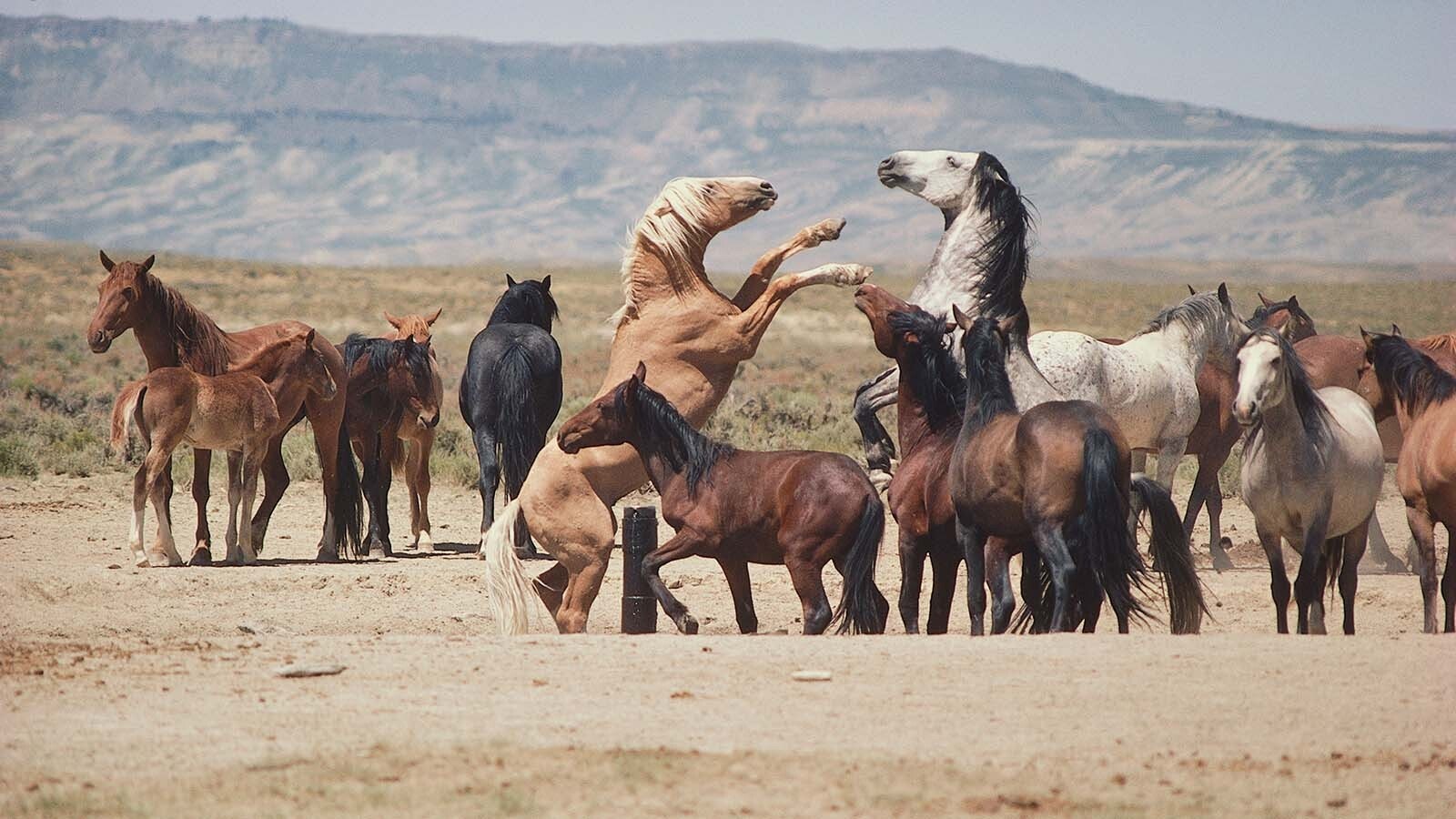SUNRISE -- Archaeologists are nearing the bottom of their current dig site at Sunrise, Wyoming, a former company mining town turned spectacular Paleoindian archaeological site.
Not only is Sunrise home to one of the largest red ochre mines in North America, but some of the oldest Paleoindian artifacts on the continent have also been found there.
Some of those artifacts date back 14,000 years, predating Clovis man, who lived from 13,050 to 12,750 years ago.
That’s significant because Clovis man has long been thought to be the oldest prehistoric human culture in North America.
With the finding of such old artifacts at the site, Sunrise is joining a handful of other sites across America that will help archaeologists rewrite the history of man in this part of the world.
The significance of the finds at Sunrise have attracted international attention and brought researchers from Brazil and other locations to the site.
With the bottom of the current dig site near, researchers are already looking ahead to where the next dig should be.
George Zeimans, the Wyoming archaeologist who has been heading up activities at the site, said he has already dug a few test sites that have found evidence of other artifacts.
“We know there’s a main camp here somewhere,” he said. “It’s just figuring out where it is.”
Technology, like ground penetrating radar, is not useful at Sunrise because there are too many iron deposits, as well as iron scraps and artifacts that have been left lying around.
“You would get too many false readings,” Zeimens said. “It would take forever. So that just won’t work in this kind of situation.”
That’s going to mean a lot of digging to figure out exactly where the main camp site might be.
“That’s all right,” Zeimens said, with a smile. “If we knew all this stuff and had all the information, we’re after, then archaeology would be really boring.”
Complicated History
Archaeology at Sunrise is complicated by the former company mining town’s history.
For one thing, the popular red ochre drew lots of different Paleoindian groups to the site. One group would dig into what the previous group had dug into.
“Everything is all mixed up because of that,” Zeimans said. “It can’t be dated.”
That’s why the main digs right now are in locations further away from the red ochre mining site, so the archaeologists can find undisturbed layers of time to work with.
But complications didn’t end with Paleoindian groups. When Europeans came in looking for precious metals like gold, silver, and ultimately copper and iron, they, too disturbed the site.
The most significant of the disturbances was when the Colorado Fuel and Iron company came along. They extracted some 40 million tons of iron ore from the site between 1898 to 1980.
Historical photographs show them blading off and smoothing the surface of the mining town they were going to build. That soil was used as fill dirt in areas surrounding Sunrise.
It is not impossible, Zeimens acknowledged, that the Paleoindian camp site archaeologists are seeking lies underneath one of the large stone structures that remains at the site, like the YMCA, dedicated in 1917.
In fact, Zeimans recalls the late George Frisson, with whom he started excavating the site back in 2015 or so, joking about that very possibility.
“It’s just like over in Europe and those old Roman sites where they’re digging things up to put in a different facility, and finding things there,” Zeimens said.
Revisiting history
One of Zeimen’s focuses of late, now that he’s getting older, has been setting up a structure so that the archaeology he and Frisson started at the site will continue.
Last weekend, he was uncharacteristically sitting back to watch others excavating at the site and smiling at what he saw taking place.
A team of archaeologists were digging, and sifting through the finds, while a pair of flint knappers demonstrated how Paleoindians of old might have gone about crafting their points.
Not far from there, a group was trying out the atlatl, seeing how far they could toss spears using that ancient precursor of the bow and arrow, and learning just how much force the simple device could add to their throws.
Other groups were being taken on tours of what remains of the old company mining town. Museum exhibits have been set up in three of the old company houses that remain, with period artifacts depicting how things might have looked then.
Sunrise also now serves as the field school for Eastern Wyoming College’s new archaeological program, and last weekend, it hosted its first international symposium on early man.
“Every year this (archaeological site) has grown steadily,” he said. “It’s gotten better and bigger and stronger. So, I’m pretty confident we’re on the right track.
“And when you put this whole package together, with the mining history, the archeology, and all the historic stuff we’ve got here, there’s really nothing like this package anywhere else in North America.”
Renée Jean can be reached at renee@cowboystatedaily.com.


















